Download this set of novel study worksheets that can be used with any text to support your students in exploring characters and events in literature.
Novel Study Worksheets to Use with Any Text
Studying a class novel study is a powerful way to help students explore literature in depth, developing critical thinking and comprehension skills. It enables teachers to guide students through a text, focusing on key elements such as setting, characters, plot and themes.
This resource includes a comprehensive set of worksheets designed to work with any class novel. Each worksheet targets essential aspects of literature study, such as character analysis, setting exploration and plot structure, making it adaptable for different texts and grade levels. Working through these worksheets will enable your students to develop a deeper understanding of how authors create literary texts that engage, excite and inspire readers.
Some of the activities in this novel study worksheet pack include:
- Making predictions
- Draw the setting
- Character profiles
- Alternate points of view
- Chapter summary
- And many more!
This resource downloads as a black-and-white PDF or editable Google Slides file.
Creative Novel Activities to Boost Engagement
These novel activities have been designed by our expert teachers to fit seamlessly into your teaching routine. Whether you’re looking for whole-class activities, small-group practice or independent work, they adapt easily to a range of teaching needs.
Here are some suggestions for integrating this resource into your literacy program:
- Group Discussions – Select specific worksheets related to the narrative element you wish to focus on for small-group work. These discussions encourage students to share perspectives, build confidence in speaking, and develop collaborative thinking skills.
- Independent Work – Assign individual tasks to students for deeper reflection on specific narrative elements. This fosters critical thinking and personal interpretation, allowing students to engage with the novel at their own pace and develop analytical skills.
- Creative Extensions: Pair worksheets with art or drama activities to enhance learning. Students can illustrate scenes or act out key moments. This helps students connect emotionally with the story and reinforces comprehension through hands-on, imaginative expression.
Download This Generic Novel Study Activities PDF
Use the Download button above to access your preferred version of this resource. (Note: You will be prompted to make a copy of the Google Slides template on your personal drive before accessing it.)
For sustainability purposes, please consider printing this worksheet pack double-sided.
Kaylyn Chupp, a teacher and Teach Starter collaborator, contributed to this resource.
More Book Study Activities for Your Students
If you’re looking for more book study resources to use in your classroom, you’ve come to the right place! Click below to explore more teacher-created gems to complement your literature unit.
[resource:2748790] [resource:5158269] [resource:5157075]
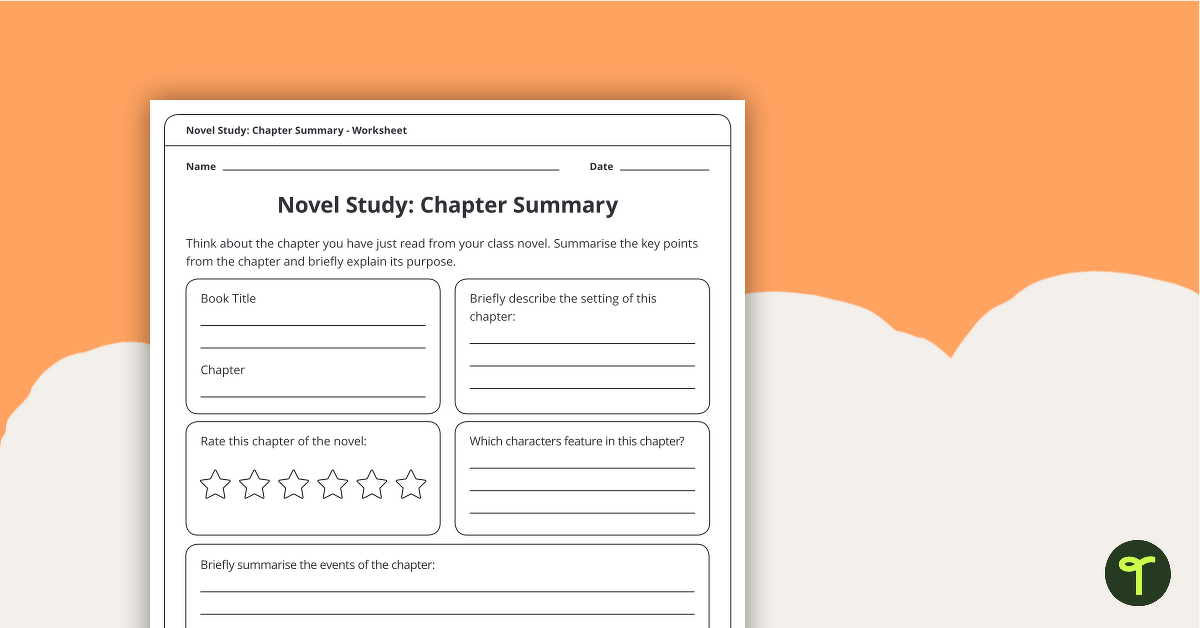


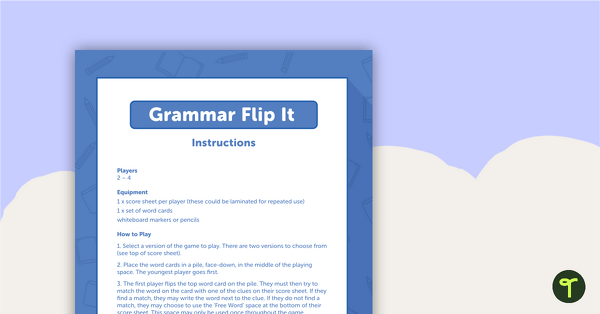
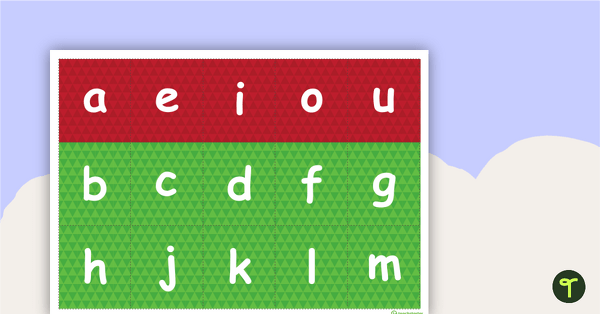
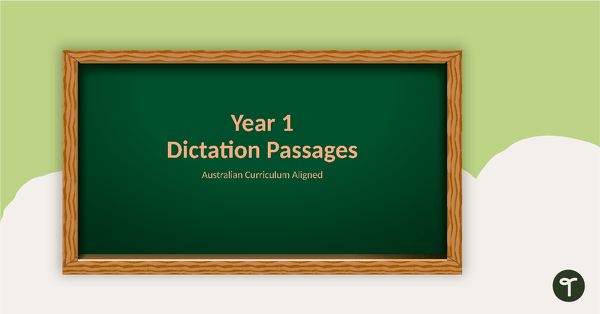
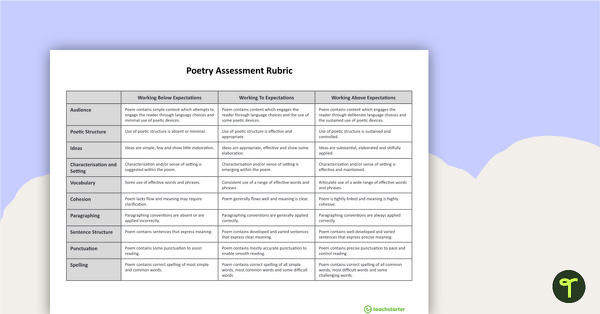
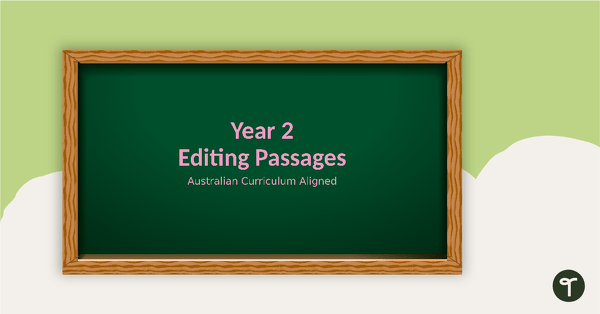
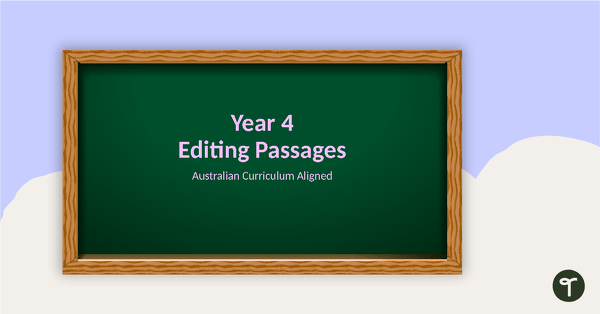

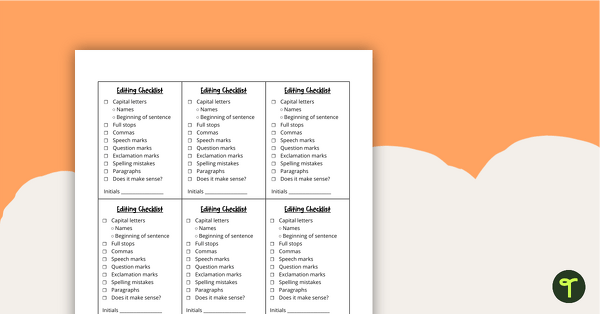
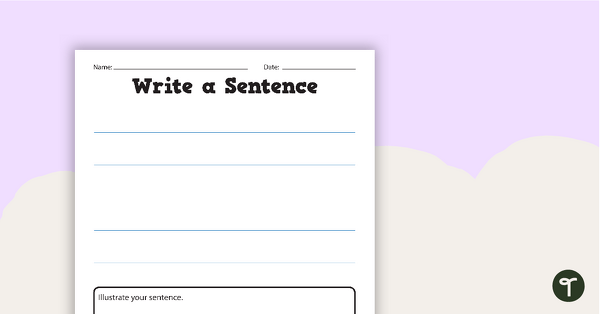
0 Comments
Write a review to help other teachers and parents like yourself. If you'd like to request a change to this resource, or report an error, select the corresponding tab above.